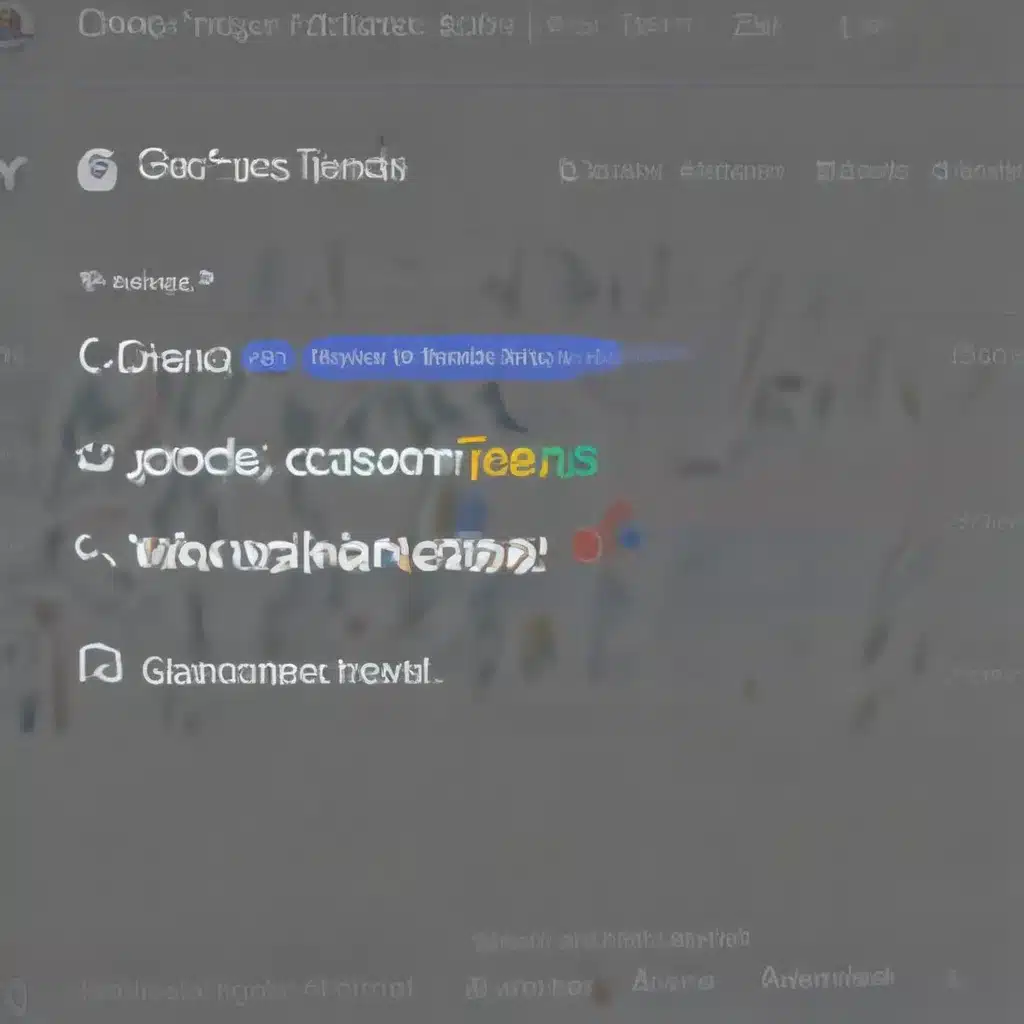
How To Use Google Trends For Insights-Driven Keyword Research
Google Trends is a goldmine of data just waiting to be tapped into. As an SEO professional, this free tool from the search engine giant is like my secret weapon for uncovering the most insightful and impactful keywords to target.
Gone are the days of relying solely on search volume and competition metrics. With Google Trends, I can dive deep into the ebb and flow of search interest, identify emerging trends, and craft a content strategy that stays ahead of the curve. It’s like having a crystal ball that lets me peer into the minds of our target audience.
Spotting Trending Topics and Keywords
The first step in my Google Trends journey is to simply type in a broad keyword related to my client’s business. Let’s use “purses” as an example. Boom – instantly, I’m greeted with a visual representation of how that term’s popularity has ebbed and flowed over time.
Google Trends doesn’t just show me the raw search volume, but the relative “interest over time” – on a scale of 0 to 100. This allows me to spot seasonal trends, identify spikes in popularity, and even uncover potential brand-specific keywords that could be goldmines for my client’s product pages.
But the real magic happens when I dive into the “Related queries” section. This is where Google Trends surfaces the terms and topics that are closely associated with my initial keyword. Some of these may be obvious, like “leather purses” or “designer purses”. But I often find hidden gems – niche keywords that are gaining traction and could be perfect for content ideation.
Leveraging Seasonal Trends
One of my favorite ways to use Google Trends is to uncover seasonal patterns in search behavior. Take the example of a flower shop. By plugging in “flowers” and looking at the interest over the past few years, I can clearly see spikes right before Valentine’s Day and Mother’s Day.
This is invaluable intel that allows me to time my client’s marketing campaigns and optimize their content calendar. I can ramp up pay-per-click spend, create timely blog posts, and even develop special product bundles to capitalize on those seasonal surges in demand.
The key is distinguishing between true trends and fleeting fads. Google Trends makes it easy to spot the difference – true trends will show consistent, cyclical patterns year after year, while fads may spike and then quickly fizzle out.
Uncovering Topical Clusters
But Google Trends isn’t just about finding individual keywords. It’s also an incredibly powerful tool for developing robust, interconnected content strategies around core topics.
Let’s say I’m working with a running shoe company. Plugging in “marathon training” as a core topic, I can then dive into the “Related topics” and “Related queries” to uncover a whole universe of subtopics – things like “marathon nutrition”, “marathon recovery tips”, and “marathon training plans”.
These insights allow me to map out a comprehensive content cluster, with the main “marathon training” pillar supported by a network of interconnected blog posts, videos, and resources. Not only does this provide a fantastic user experience, but it also supercharges the SEO agency’s ability to rank for those core topics.
Competitor Benchmarking
Of course, no keyword research strategy would be complete without a healthy dose of competitive analysis. And Google Trends makes that process a breeze.
By using the “Compare” feature, I can pit my client’s brand or products against their closest rivals. This lets me see how their respective search popularity has ebbed and flowed over time, identifying any vulnerabilities or opportunities to capitalize on.
For example, let’s say I’m comparing the trends for “Vuori” and “Fabletics” – two major players in the athleisure wear space. I might notice that Vuori has been steadily gaining ground, overtaking Fabletics in recent years. That could be a sign that Vuori’s marketing tactics are resonating more with consumers, and I might want to take a closer look at their strategies.
Paired with other competitive intelligence tools like SEMrush’s Market Explorer, Google Trends becomes an invaluable weapon in my arsenal for staying one step ahead of the competition.
Putting It All Together
At the end of the day, Google Trends is not just a keyword research tool – it’s a window into the minds of our target audience. By tapping into this treasure trove of data, I can uncover insights that inform every aspect of my clients’ digital marketing strategies.
From identifying trending topics and seasonal patterns, to mapping out comprehensive content clusters and benchmarking against the competition – Google Trends is the gift that keeps on giving. It’s the secret sauce that helps me deliver results that leave my clients saying, “Wow, how did you know exactly what our audience wanted?”
So if you’re an SEO professional looking to take your keyword research to the next level, do yourself a favor and get cozy with Google Trends. Trust me, your clients will thank you.



























